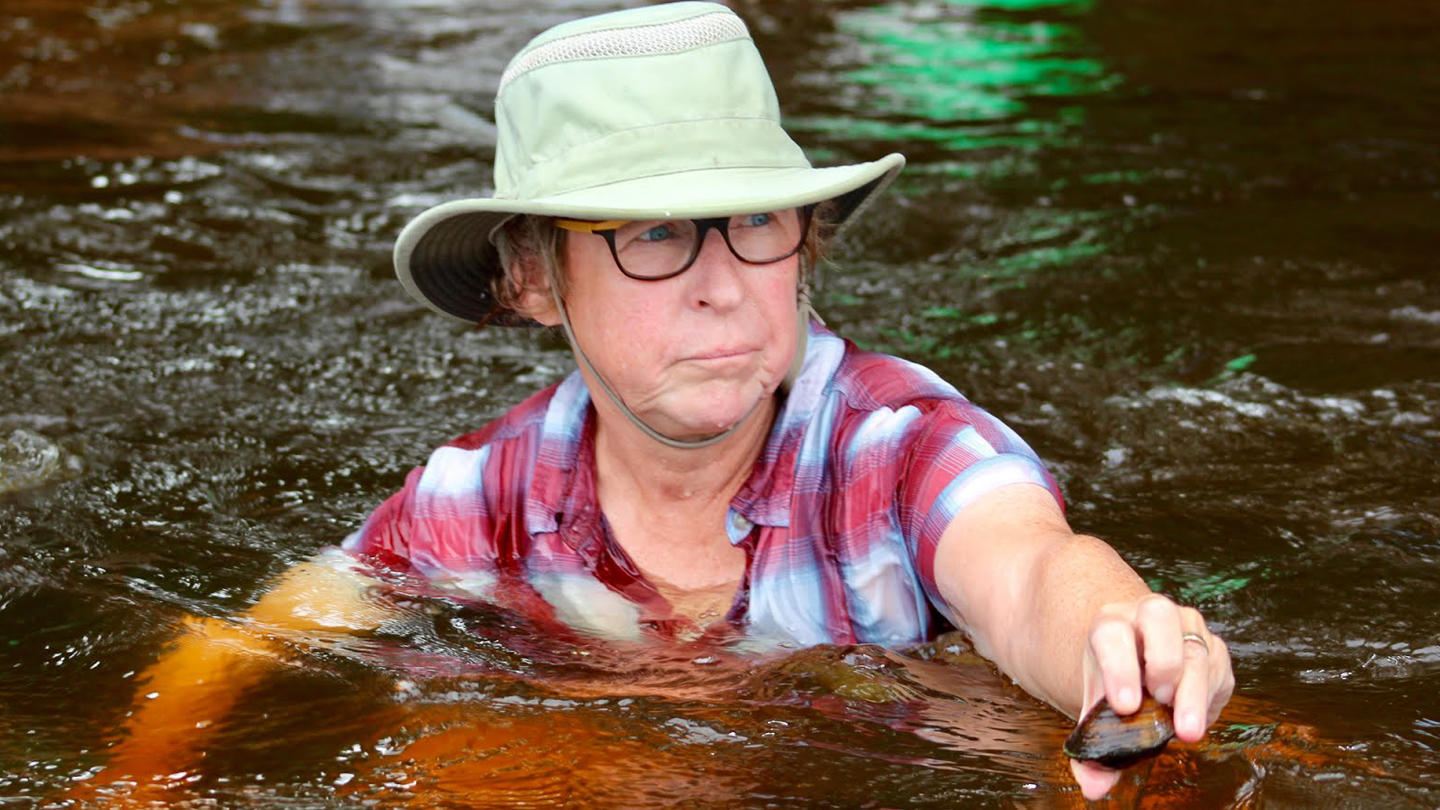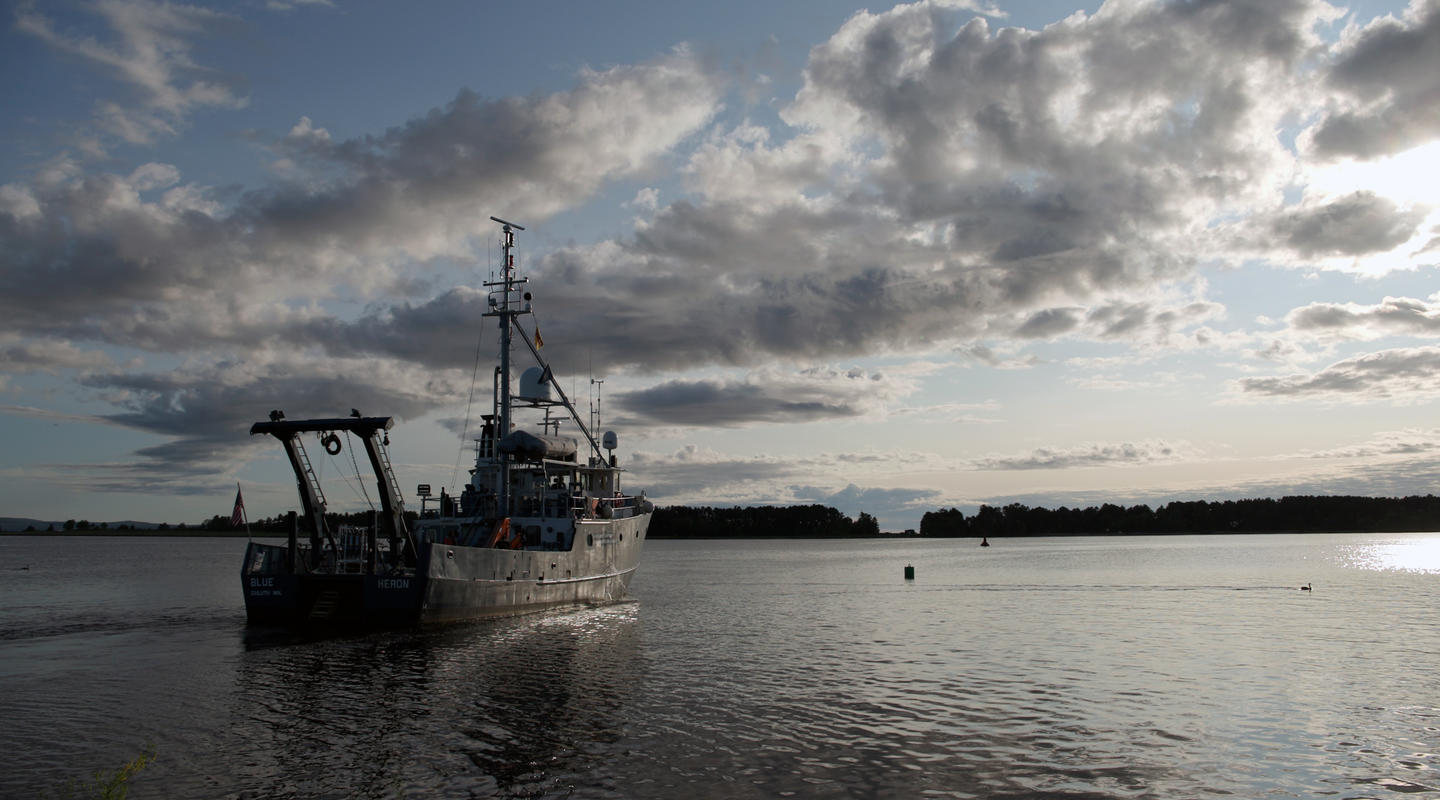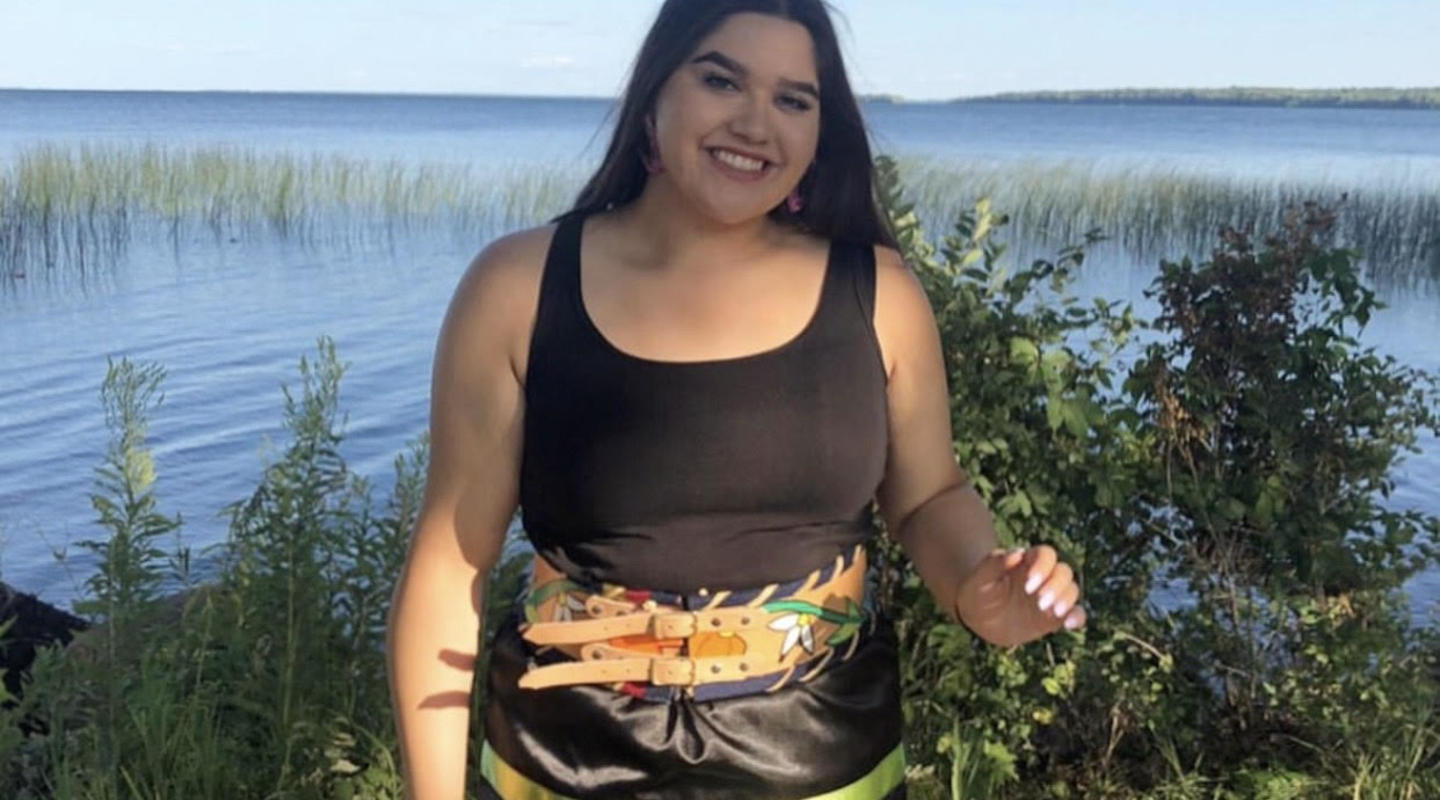
On a warm summer day, Susan Binkley waded into the waters of the St. Croix River in search of a Wabash pigtoe—a species of freshwater mussels that thrive in the St. Croix, but are vanishing quickly worldwide for reasons scientists don’t fully understand.
When Binkley found what appeared to be such a specimen, she handed it to University of Minnesota researcher Mark Hove, ’87 B.A., for confirmation.
Hove began studying freshwater mussels as an undergraduate and has worked as a researcher in the College of Food, Agricultural, and Natural Resource Sciences since 1990. In addition to his work at the U, he’s working with the Iowa Department of Natural Resources to find out why the Wabash pigtoe, which has long thrived in Minnesota, is on the decline in Iowa.
Hove had recruited a dozen volunteers to help him with his field research. The group of citizen scientists included Binkley and others who had been certified as Master Naturalists through the University of Minnesota Extension.
Birds, bugs, biomes
Minnesota’s Master Naturalist program was launched in 2005 with the goal of creating "a corps of well-informed citizens dedicated to conservation education and service."
Last year, more than 400 people participated in Master Naturalist classes in a dozen locations across the state—making the program among the most popular Extension offerings.
Students undergo 40 hours of classroom training, learning about Minnesota’s geology, climate, flora, fauna, and bugs, says Amy Rager, the program’s director.
They also take field trips to nature areas and research labs. After completing their coursework, Master Naturalists are required to volunteer 40 hours a year banding birds, counting bees, removing invasive species, and collecting specimens for projects like Hove’s mussel study.
Students pay $295 to cover the cost of classes and materials. Gifts from donors help pay for scholarships and other program needs.
Conservation corps
In the classroom and in the field, Master Naturalists quickly realize that their contributions can play a critical role in preserving the state’s landscape and wildlife.
John Arthur, a former board member of the Minneapolis chapter of the Audubon Society, knew a great deal about birds and fair bit about ecology before enrolling in the Master Naturalist program. “But I learned a lot about Minnesota’s geology and geography that I didn’t know,” he says.
He conducted a survey of moths at Boulder Lake Environmental Learning Center north of Duluth and took part in the Red-Headed Woodpecker Recovery Project at the U of M’s Cedar Creek Ecosystem Science Reserve, a biological field station in East Bethel.
A few days after the field trip to the St. Croix, Binkley found herself in Hove’s lab, looking through a microscope, searching for and counting the tiny organisms, including mussel larvae, that had attached themselves to minnows.
"This is important work,” she says. “Mussels are critically endangered around the world, but here in North America, we have the greatest diversity of mussels found anywhere. We have a natural treasure here, so we have a responsibility to pay attention and take care of that legacy."


